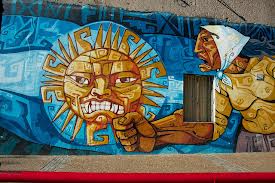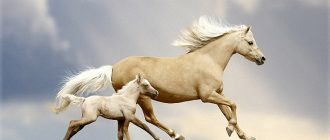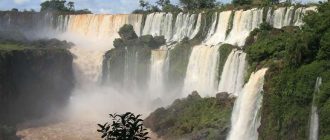Argentina has a rich art history, both pre Spanish conquest and after conquest. Artistic production came into its own after 1852 with the overthrow of Juan Manuel de Rosas. Read our guide for more facts and information…
Realism and Aestheticism
The first painters of note were immigrants to Argentina who came after the overthrow of the cruel dictator de Rosas. Among these painters were Reynaldo Giuici, Emilio Caraffa and Eduardo Sivori, all of whom left a realist heritage that exists in Argentina even to today.
After 1900, realism and aestheticism continued to set the trend in Argentine painting and sculpture. Lola Mora, a sculptor of this period is especially noteworthy. She was somewhat a specialist in monumental sculpture and led the way for other monumental sculptors to become popular during the post 1900’s. These monumental sculptures become in great demand to local governments and the very rich families of Argentina that wished to create monuments and mausoleums for their departed family.
Work by noted monumental sculptors like Erminio Blotta, Angel Maria de Rosa and Rogelio Yrurtia created numerous memorials and monuments.
Impressionism
Not until 1900 did impressionism make its mark on Argentine art. It was never as big among the Argentine artists and critics as it was in Europe. It did, however influence such Argentine artists as Martin Malharro, Ramon Silva and Fernando Fadar.
Muralism
In the 1920’s and 1930’s muralism came into vogue. Murals by Benito Quinquelo Martin have become Argentine national monuments and emblems. After becoming popular in other countries, lithographs also became popular in Argentina. This method was used by some artists to show everyday Argentine life and the hard working conditions of the average Argentine peasants.
Abstract Art
Futurists and cubists such as Xul Solar and EmilioPettorutie earned a considerable following during this period. Traditional abstract painters like Romulo Maccio and Luis Felipe Noe coexisted with the more sentimental landscape and portrait painters of the day.
Naïve Art and Pottery
The Argentine taste for naïve art and pottery is still ongoing. Artists in this discipline have captured the absurdity of war, everyday neighborhoods and childhood memories. Artists of note during this period are Susana Aguirre and Aniko Szarbo. Work by illustrator Florencio MolinoCampos, depicting scenes from a gaucho’s life have become collector’s items.
Many of these pieces of art have been preserved by wealthy Argentine collector Eduardo Constantini. He has set aside a large portion of his private collection and in 1998 began construction of the first major institution specializing in the works of Latin American artists. His foundation opened the Buenos Aires Museum of Latin American Art in 2001 in the city of Buenos Aires.
By doing so, Mr. Constantini has done a great service to the Argentine art community by bringing to light the various styles of art in Argentine history.





